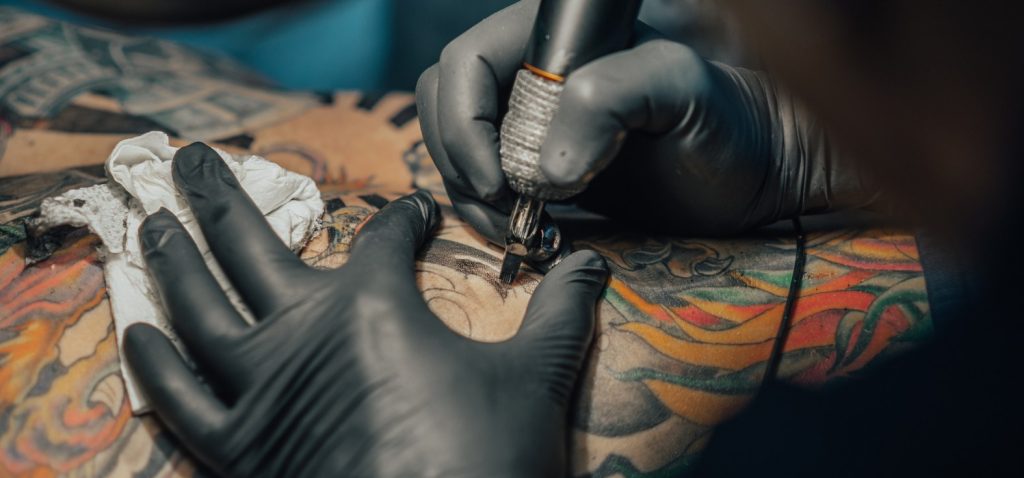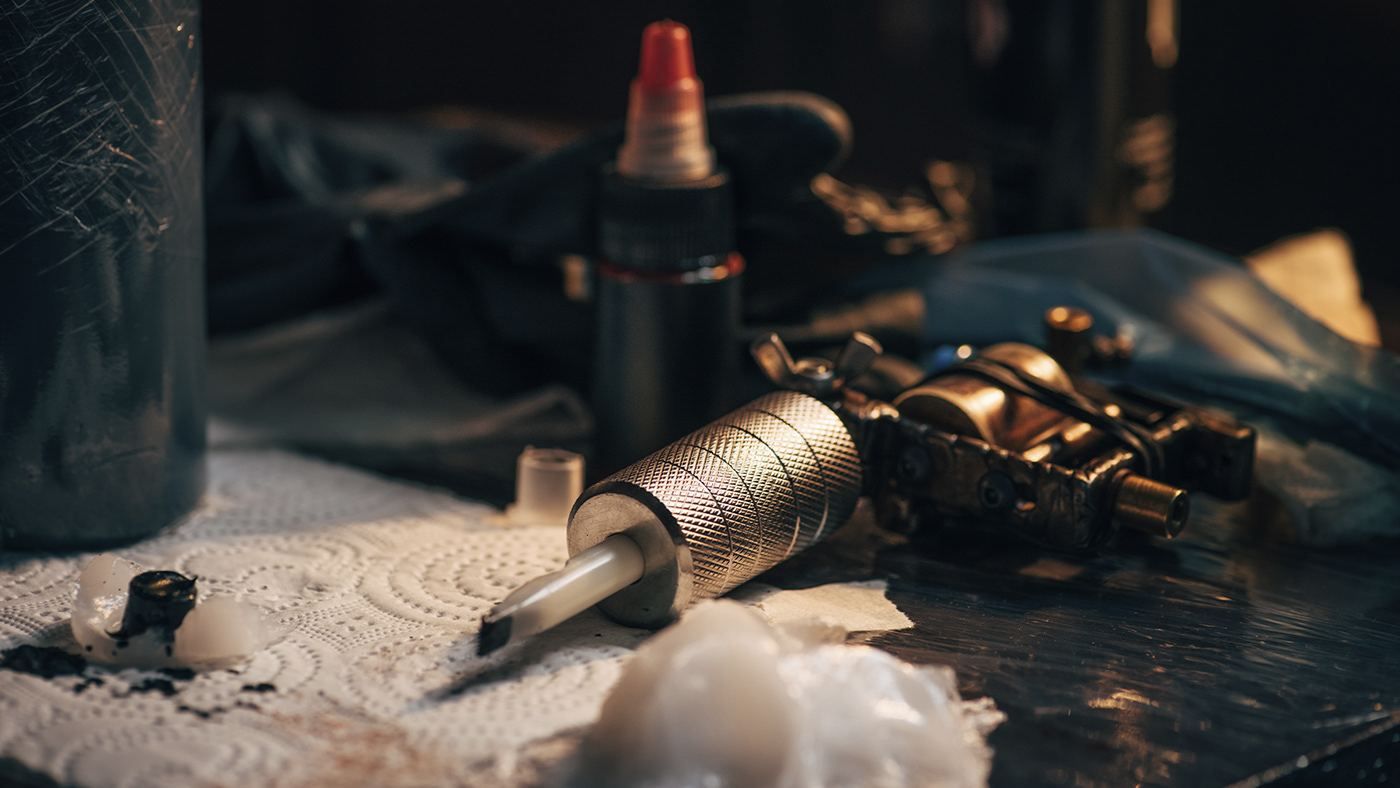Getting smooth, detailed shading in a tattoo takes more than just talent; it also depends on using the right needle. If you’re just starting out or want to improve your technique, understanding shading needles is key. These special tattoo shading needles help create depth, smooth blends, and soft finishes that bring a tattoo to life.
But with so many types out there, round shaders, magnums, curved mags, it can get confusing. This guide will break it down for you in a simple way. We’ll explain the most common needle types, how to use them, and share useful tips to improve your results.

Types of Tattoo Shading Needle
Learning about the various shading needles gives you an edge to excel during your work in tattooing. Each has its own specific application. With the correct Tattoo Supplies in Australia, such as shading needles, you will be able to do beautiful shading with ease, finesse, and professionalism. Here is what you must know:
1. Round Shaders (RS)
These needles are grouped in a circular pattern. Use them for shading smaller, tighter areas where precision matters more. They help avoid heavy outlines and put in a nice soft finish. When doing designs or slight shadows, this is your friend.
2. Magnum Shader (M1)
Magnums are two rows of needles placed together. They hold more ink and allow you to shade big areas in less time. Use these for filling big spaces or to smooth a dark to light blend. Great and fast for big designs.
3. Curved Magnums (CM or M1C)
These are magnums but with the curved tip. This slight curve better accommodates to the natural shape of the body. You use them for soft and smooth shading while offering minimal pain to the skin. While seeking gentle transitions and lesser skin-damaging switch to this.
Techniques for Smooth Shading
When referring to the procedures most commonly employed for clean, smooth shading processes, this section works accordingly. The better you become at these techniques, the easier it is to get better results without damaging the skin. These techniques are easy to learn and work equally well for a novice as well as a seasoned tattoo artist.
1. Whip Shading
Whip shading is a flicking motion from darker imprint to lighter. This allows the artist to vary ink deposition. They can make it fade smoothly or make it look like tiny hairs of the artist. This is used whenever a smooth fade from light to dark is desired without going too deep into the skin.
2. Circular Shading
Making small, constant circles with the machine marks circular shading. It is perfect for carrying the ink evenly; the larger the surface being hit with the ink, the better. What you end up with is a smooth shading evenly glued in, balanced, and neat. To give something soft and blended, hang on to us- circular shading is about to be one of your major ones.
3. Layering
Layering is doing light passes over the same area a few times. You progressively darken the shade rather than presenting it all at once. Layering gives the sharer more control of depth and realism. You can prevent overworking their skin and stain in one go.
How to Use Shading Needles Properly
Before you start tattoo shading, it’s important to understand how to handle your machine, skin, and tools correctly. Using the Best tattoo supply in Australia helps you create smooth results and keeps the skin safe. Here’s how you can get the best from your shading needles:
1. Adjust the Machine Speed:
Shading requires your machine to be slightly slower than it should be for lining. It prevents harsh lines from forming and skin damage. The slower speed means the ink flows smoothly and you have better control over the soft gradient building.
2. Control Your Hand Pressure:
Try to maintain moderate and even pressure while shading. This will prevent damage to skin or blowouts. Uneven pressure creates rougher blends, while good pressure leads to very soft blends with great saturation of pigment and also keeps your client comfortable through the session.
3. Stretch the Skin Gently:
Always keep the skin tight whenever you are using shading needles. Stretching the skin allows your needle to move smoothly and spreads the ink evenly. Loose skin leads to skipping of the needle and patchy shading, so hold the area firm with your fingers.
4. Check Your Needle Depth:
Your needle should go just below the top layer of skin. Too deep causes scarring or blowouts. Too shallow and the ink will fade real fast. Learn to feel for that “sweet spot” where ink holds good and the skin does not really suffer.
5. Use Good Quality Ink and Needles:
Don’t compromise on quality. Cheap ink or poorly made needles can ruin your work and harm the skin. Always use trusted brands so you know you’re giving your clients safe and lasting results. It makes a big difference in how smooth and vibrant your shading looks.
Conclusion:
Mastering tattoo shading isn’t just about skill, it’s also about using the right tools and techniques. By choosing the proper tattoo shading needles and applying it correctly, you can create beautiful gradients and smooth finishes with ease.
Whether you’re perfecting soft blends or building rich depth, quality matters. That’s why professionals trust Livingstone International for reliable, high-quality tattoo supplies. With their wide range of premium needles and inks, you’ll always be equipped to deliver your best work. Shop now!
Faqs:
1. What kind of needle works best for shading smoothly?
For gentle, smooth shading, curved magnums (CM or RM) or magnum shaders (M1) work well. They blend colors beautifully and cover larger areas.
2. Can I shade with liner needles?
For shading, liner needles are not the best option. They are not designed for gentle blends, but rather for sharp lines. For better results, use magnum or shader needles.
3. How far into the skin should shading needles be inserted?
The needle should pass just beneath the epidermis. Too shallow can result in fading, and too deep can leave scars.
4. Does shading require a change in machine speed?
Yes, go more slowly than you would with lining. It keeps the skin from being overworked and helps produce softer tones.
5. Why does shading depend on the quality of the needle?
Superior needles produce smoother blends, less skin trauma, and cleaner results. Always go with reputable companies like Livingstone International.




